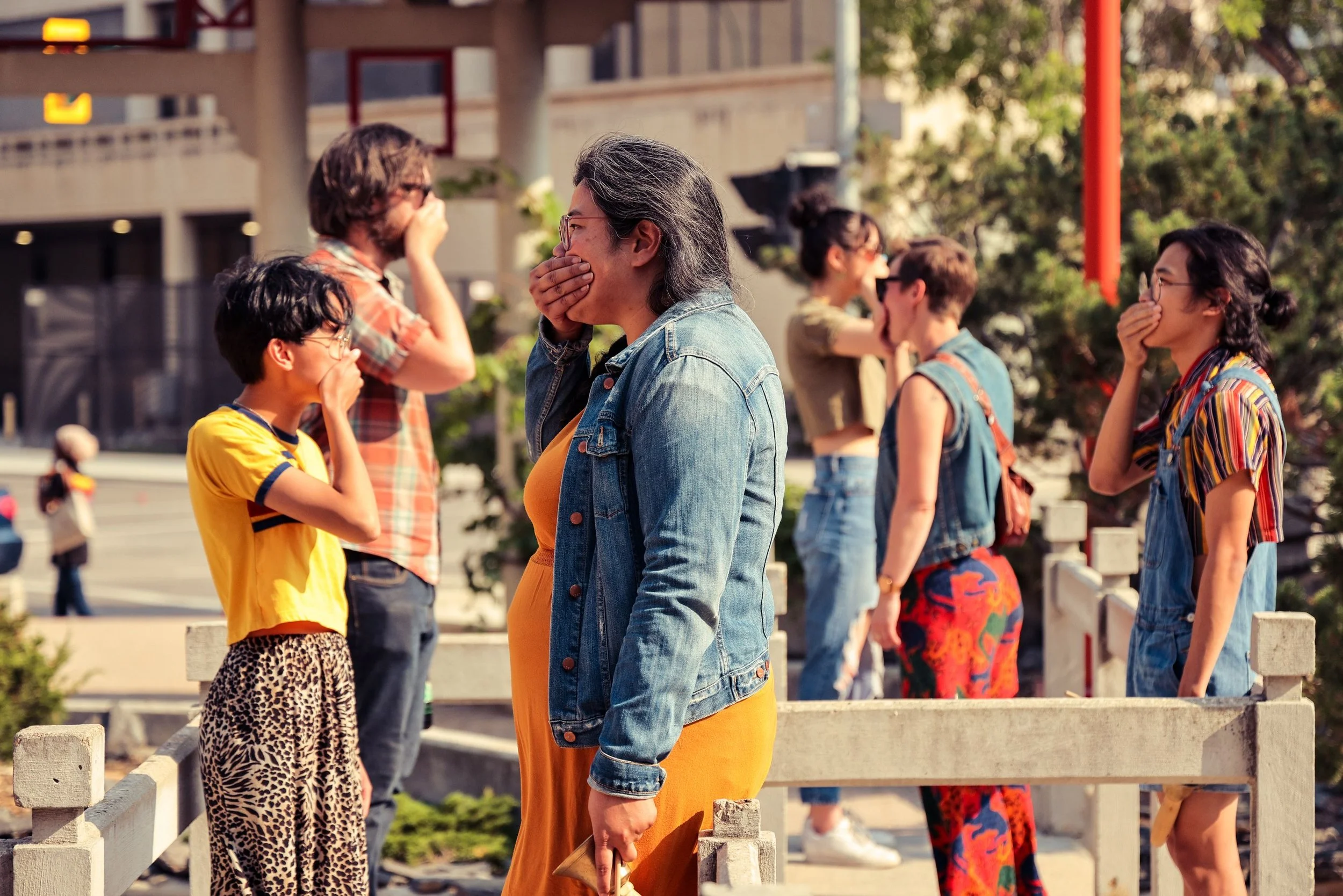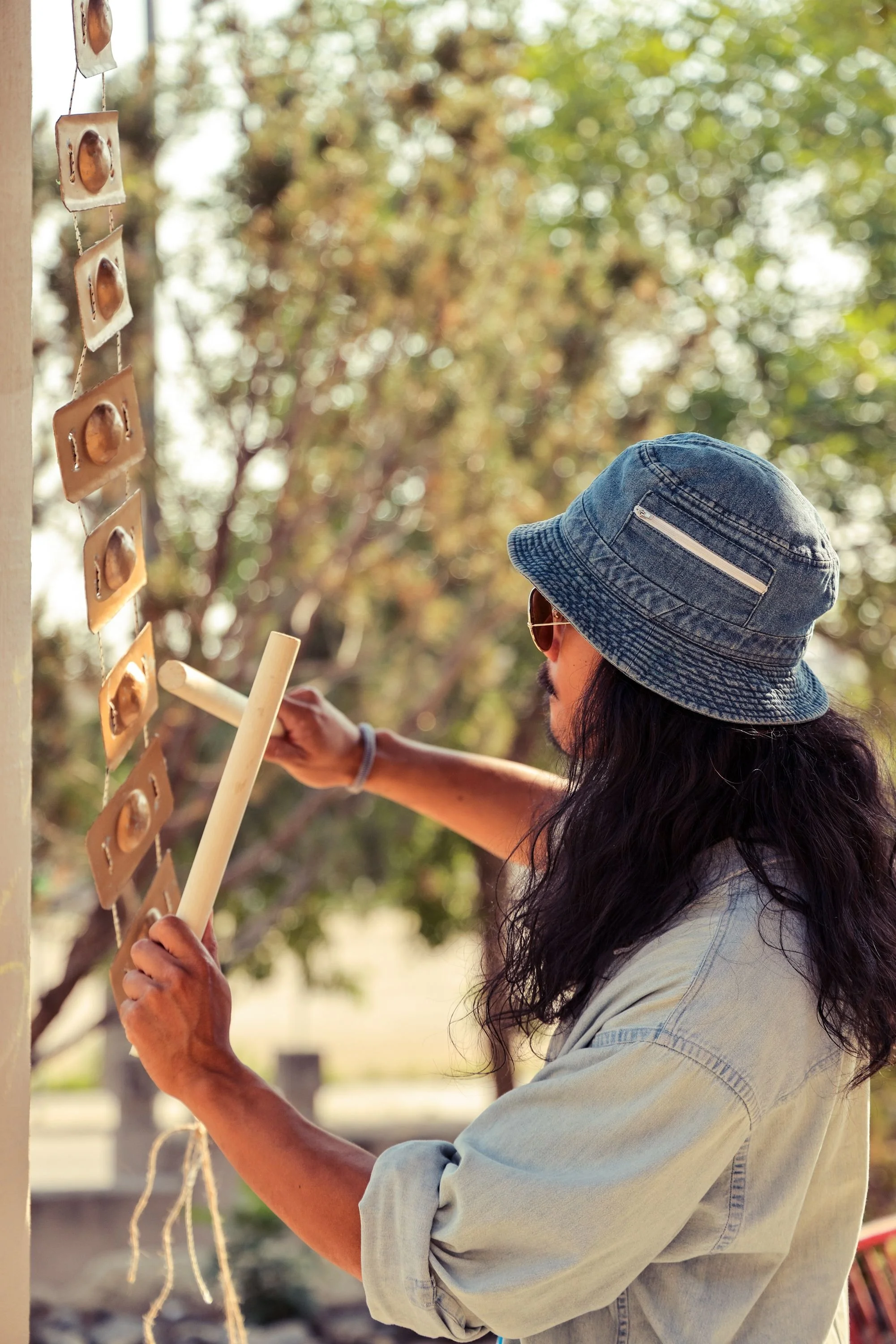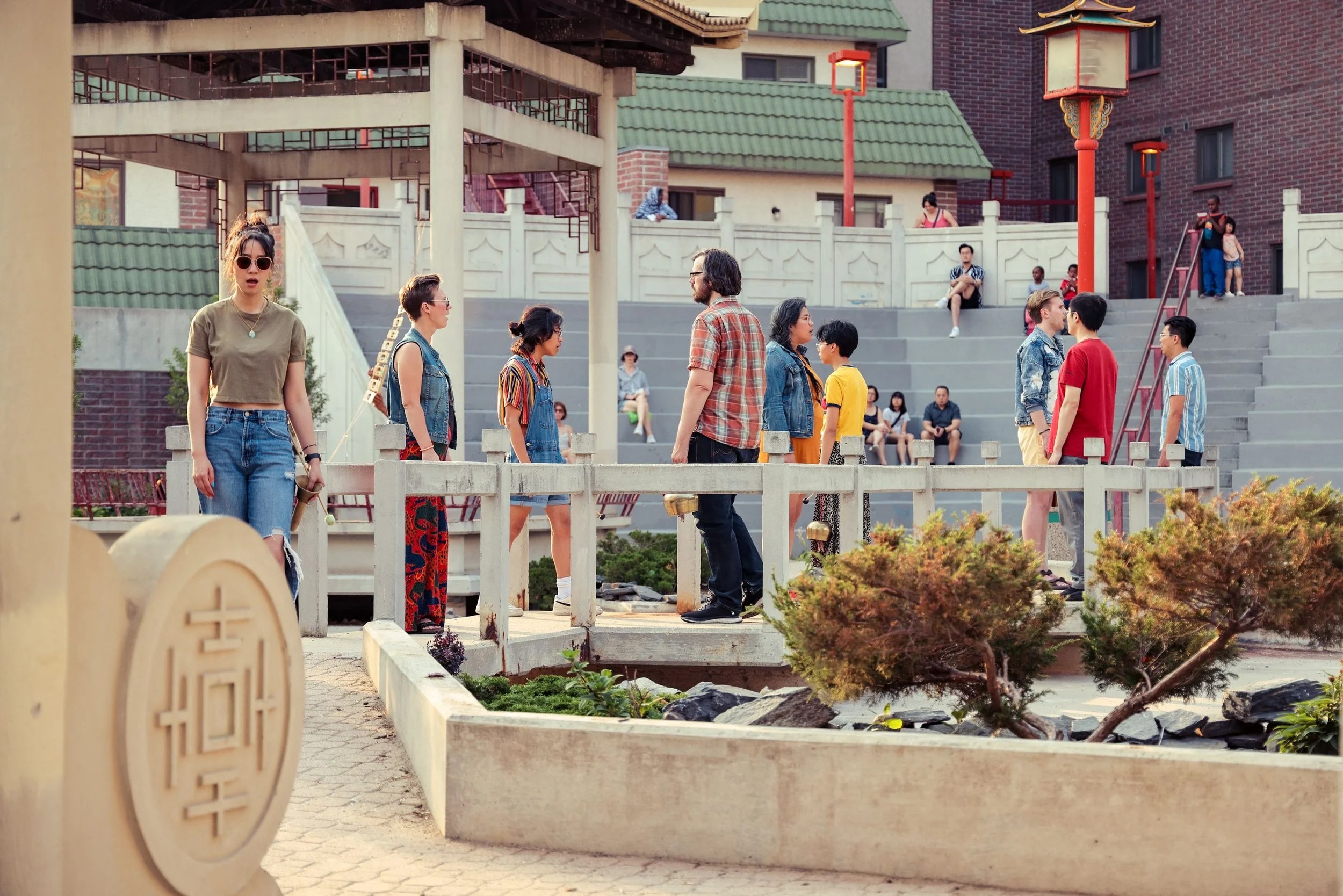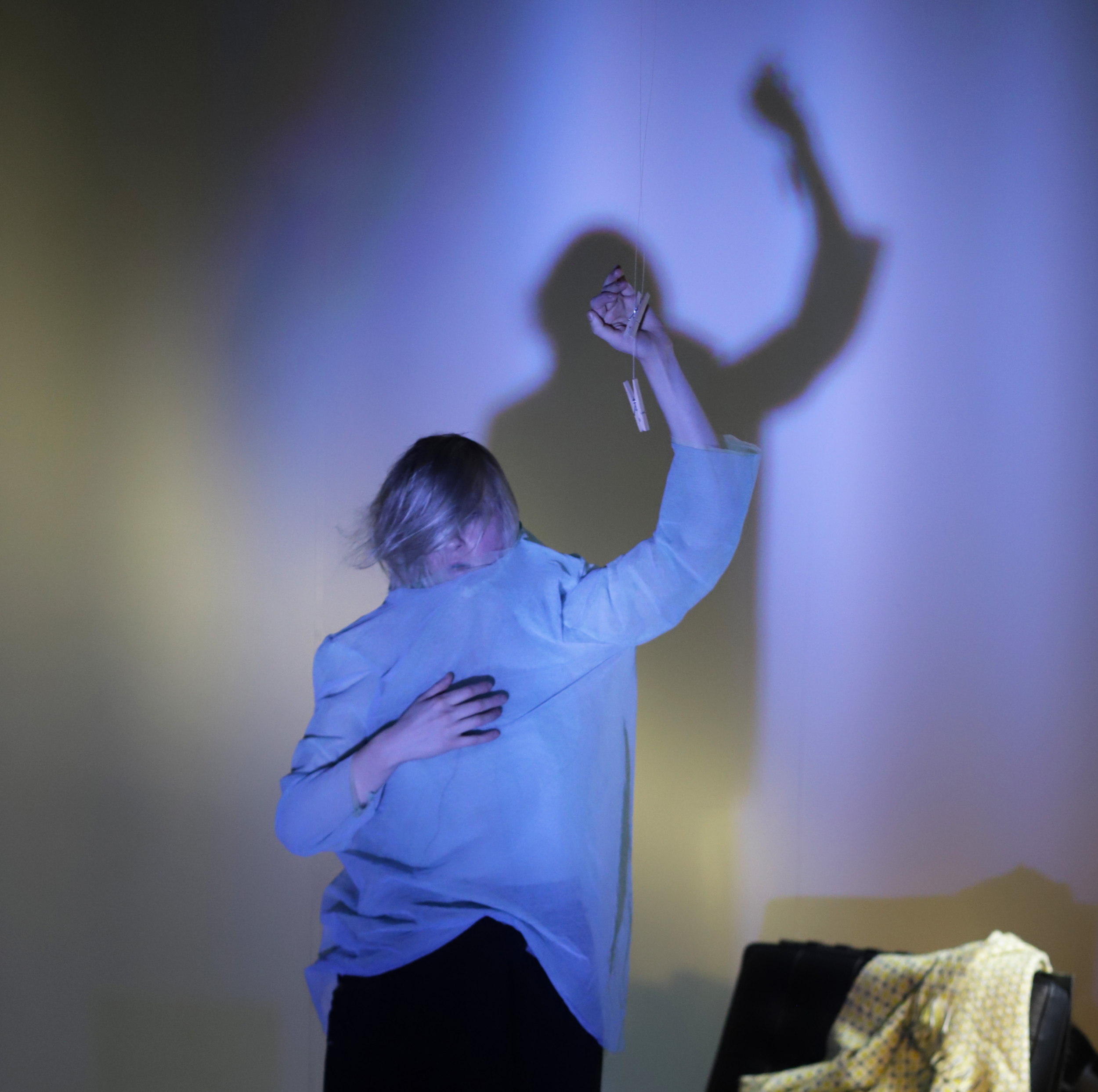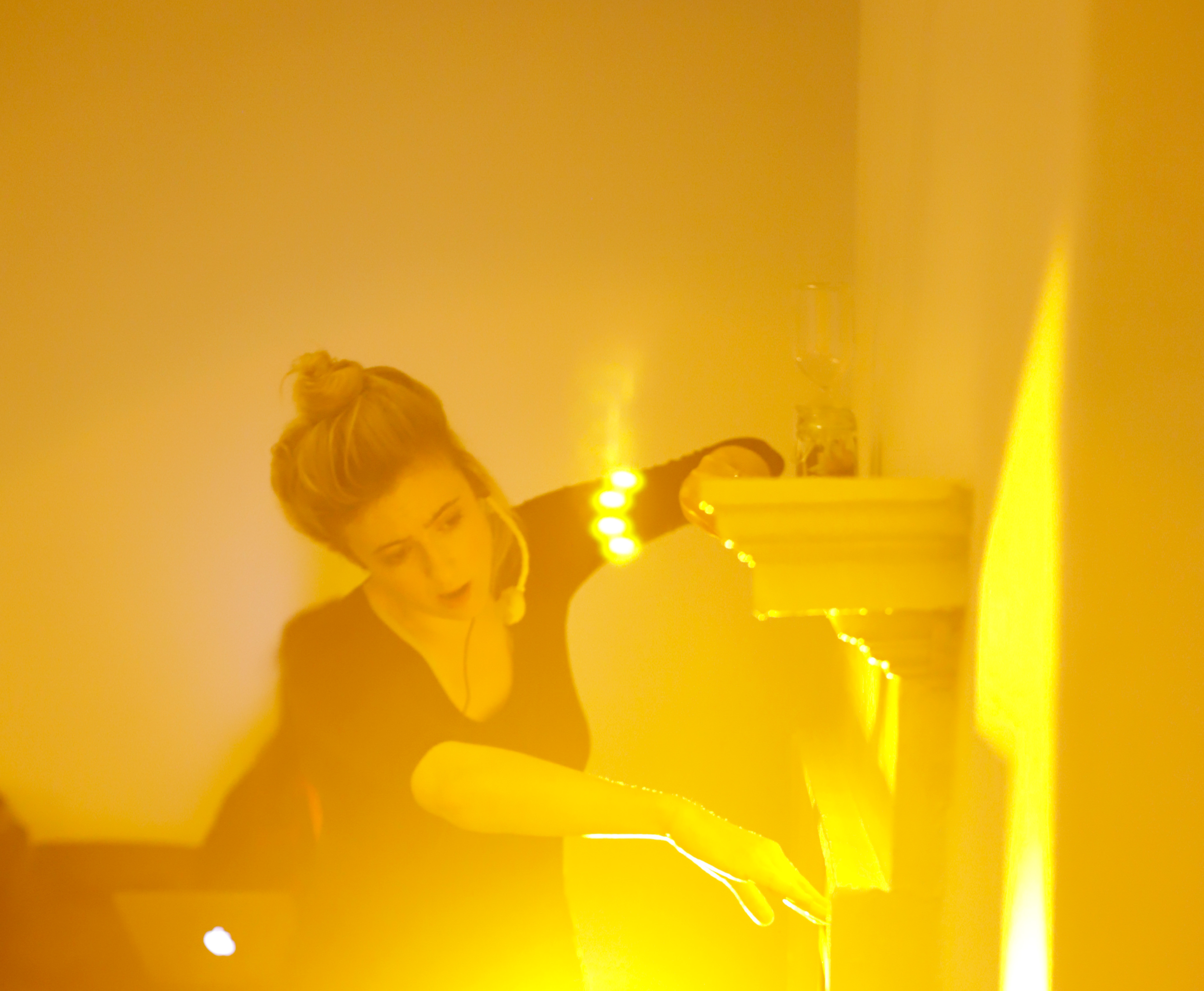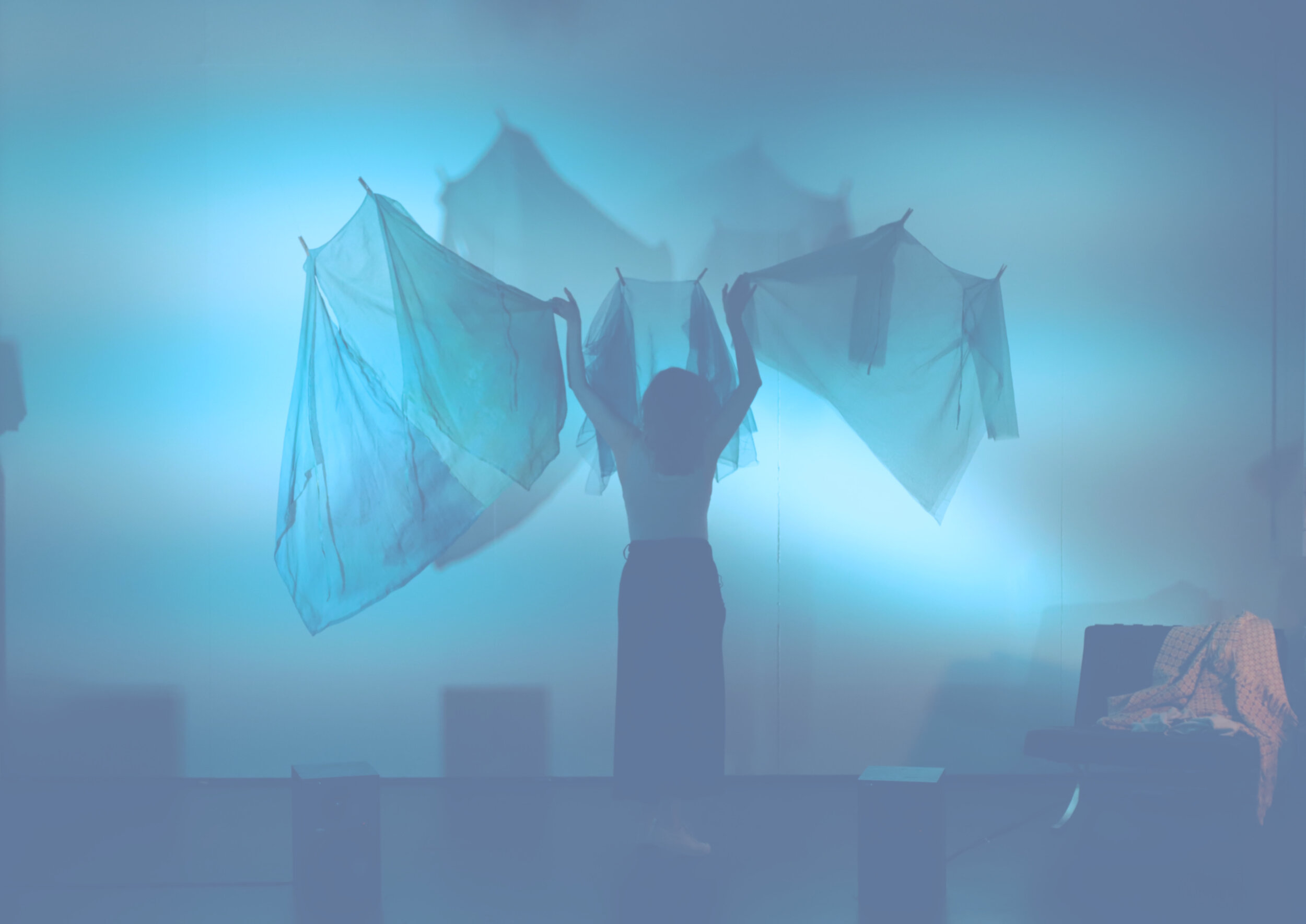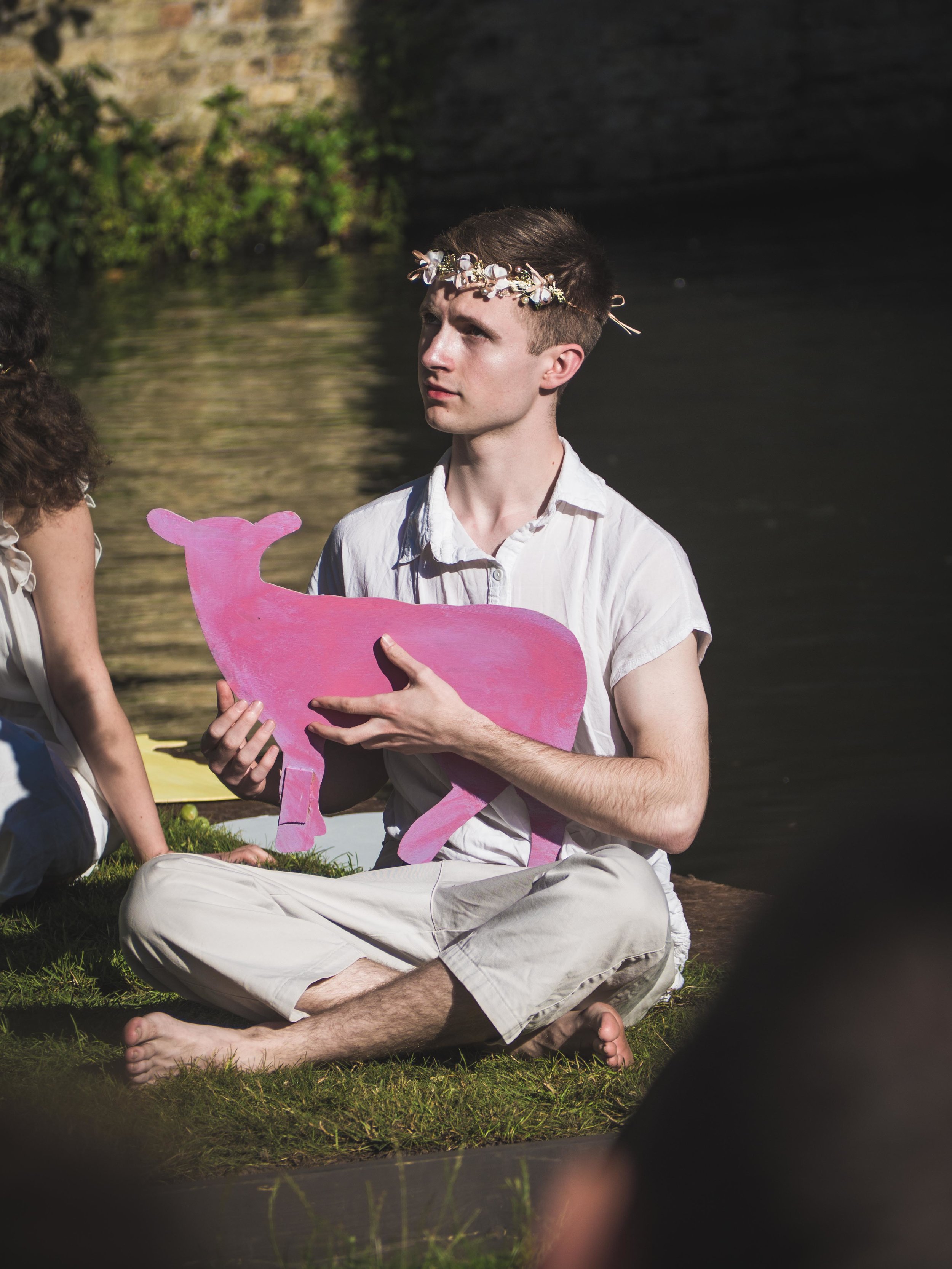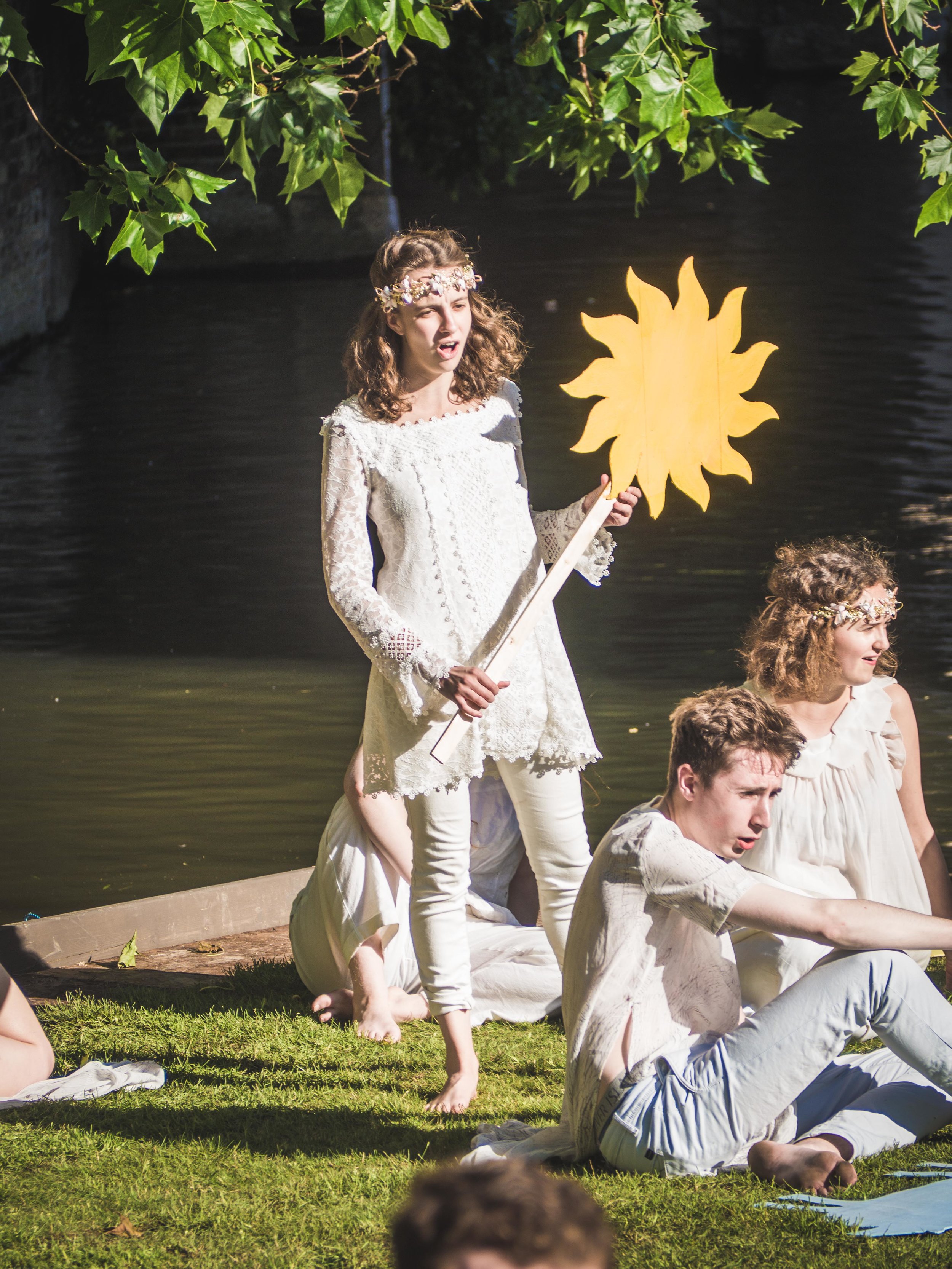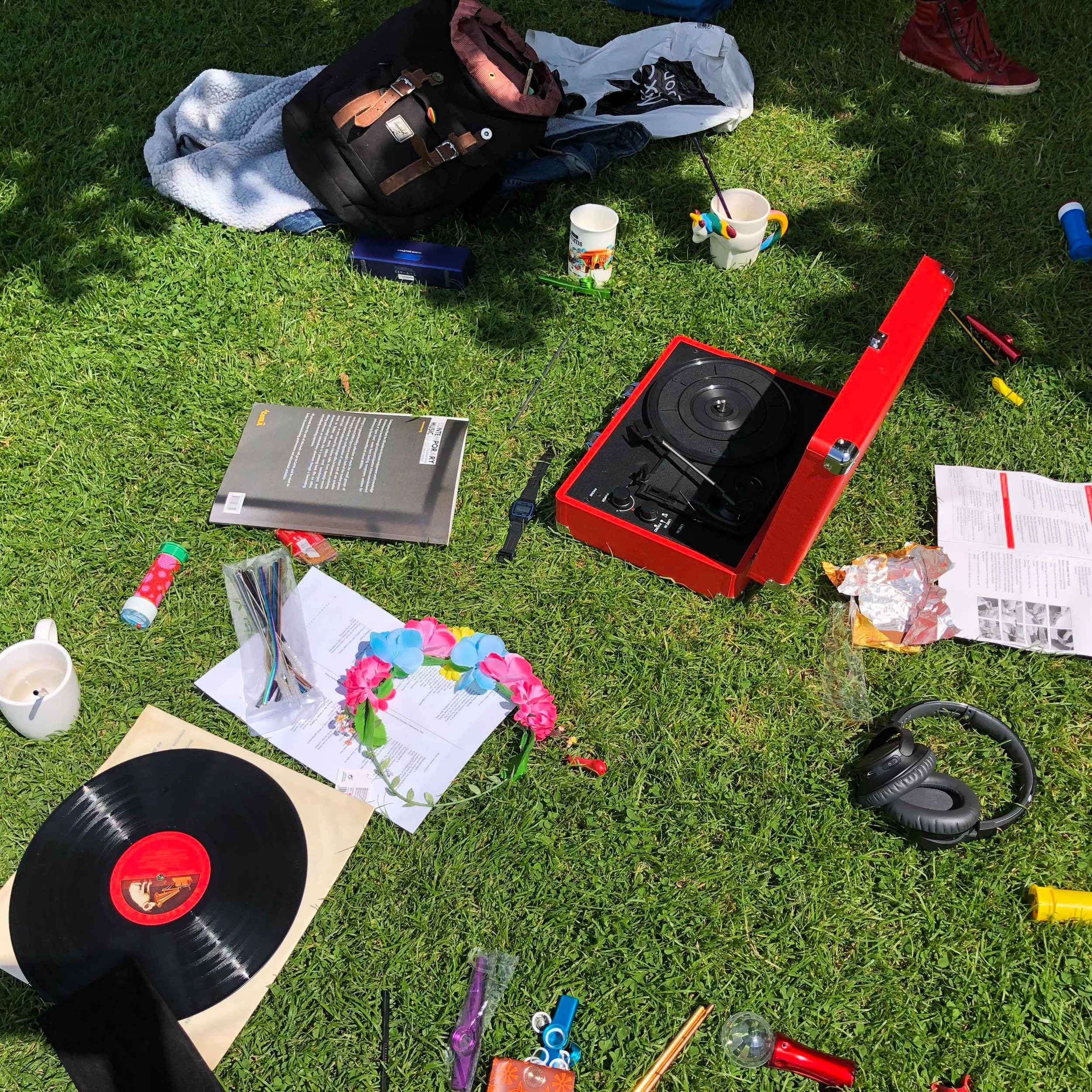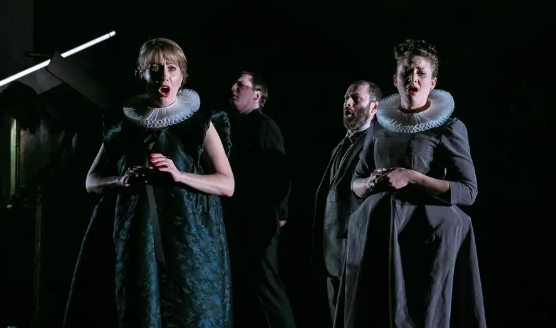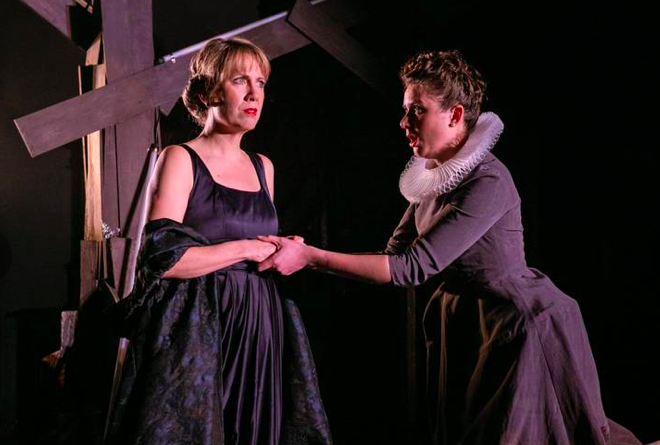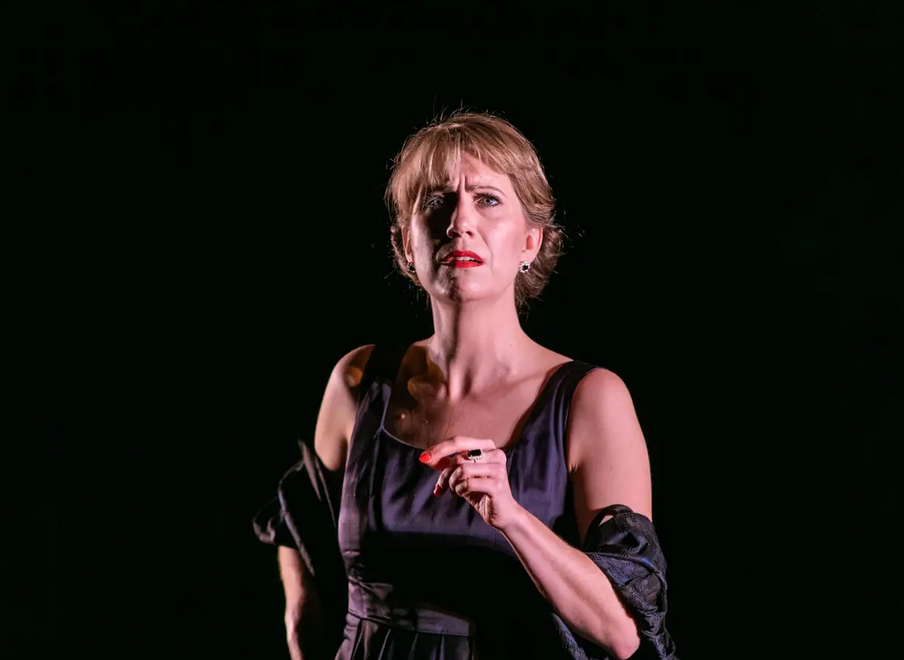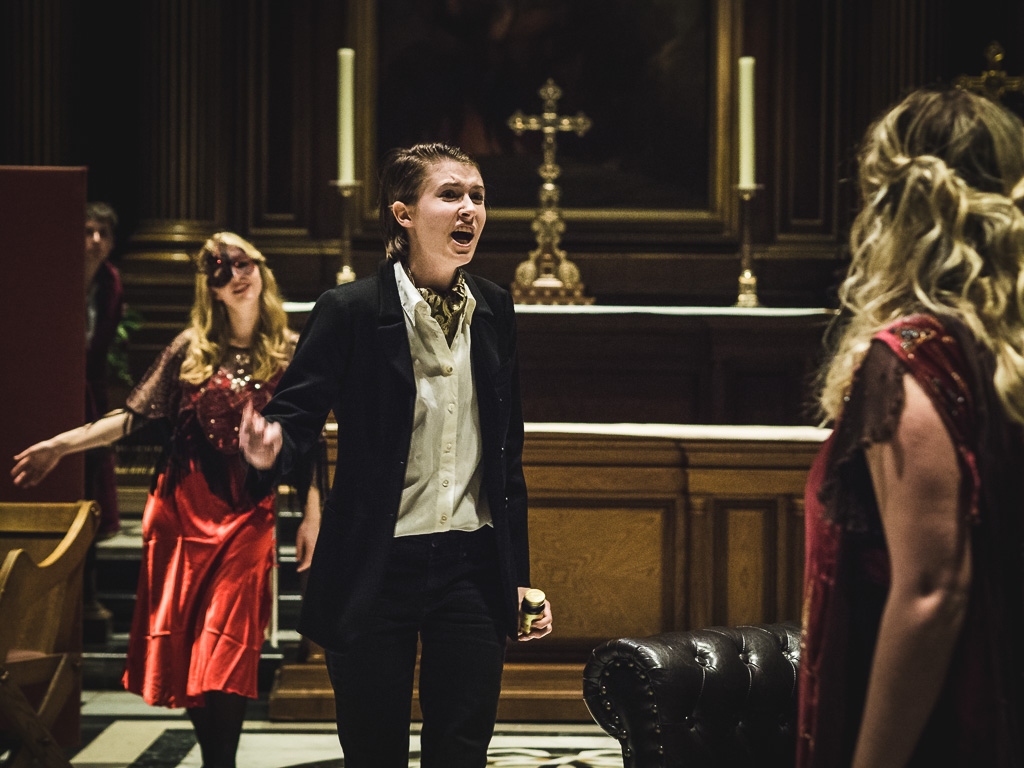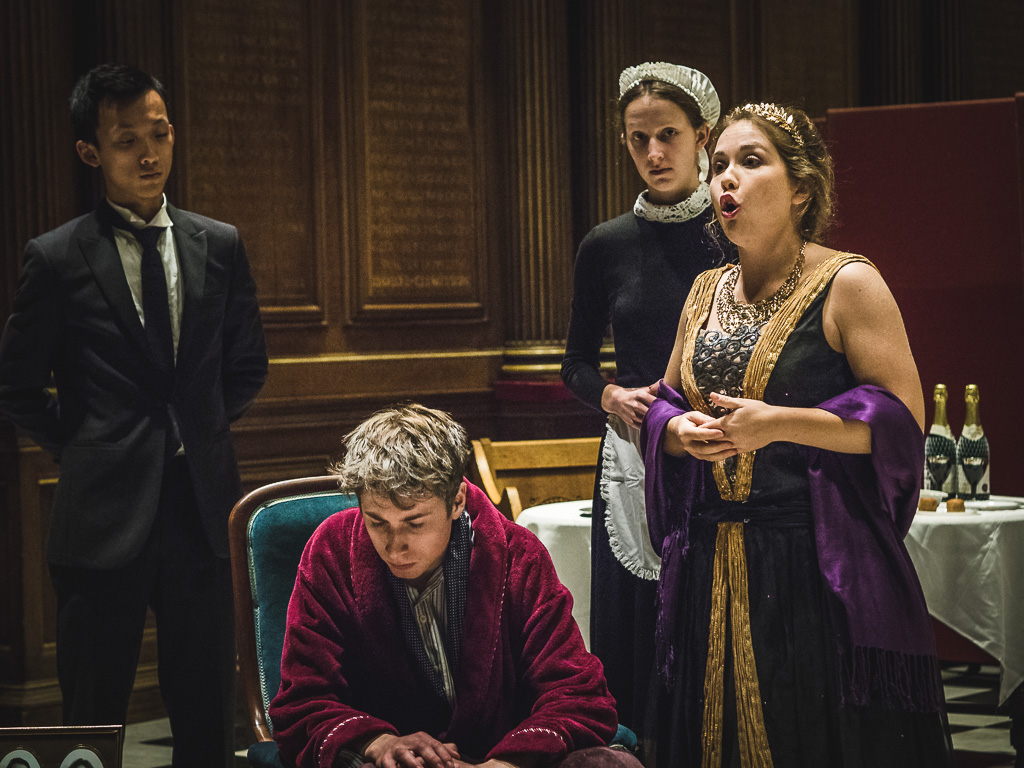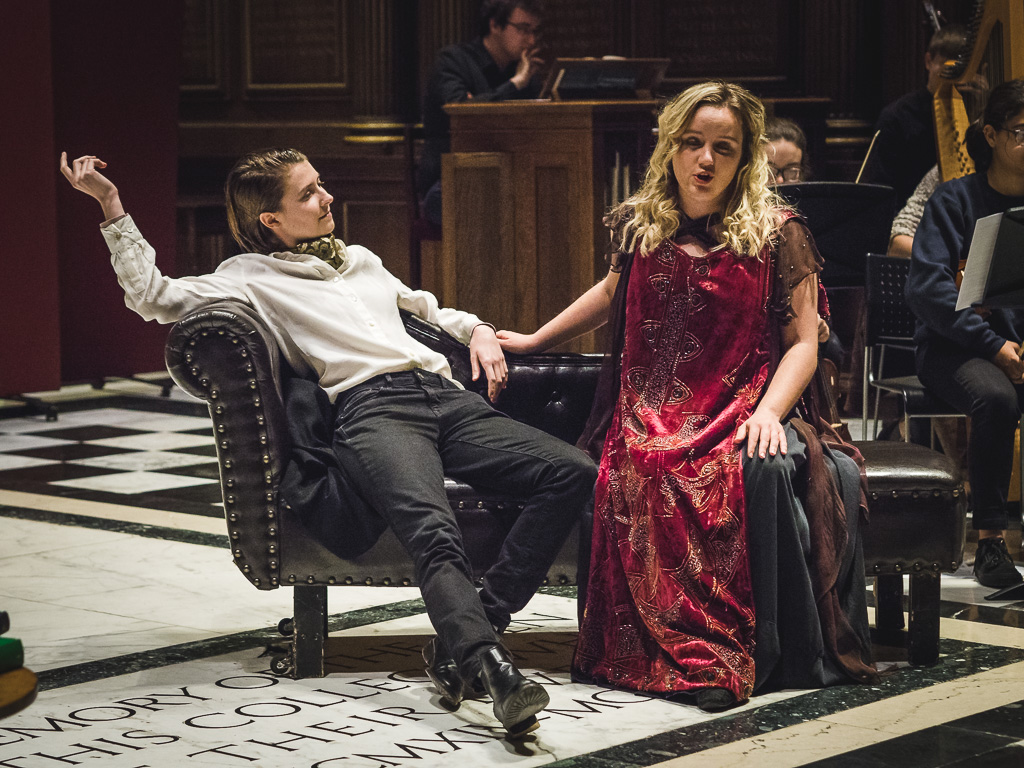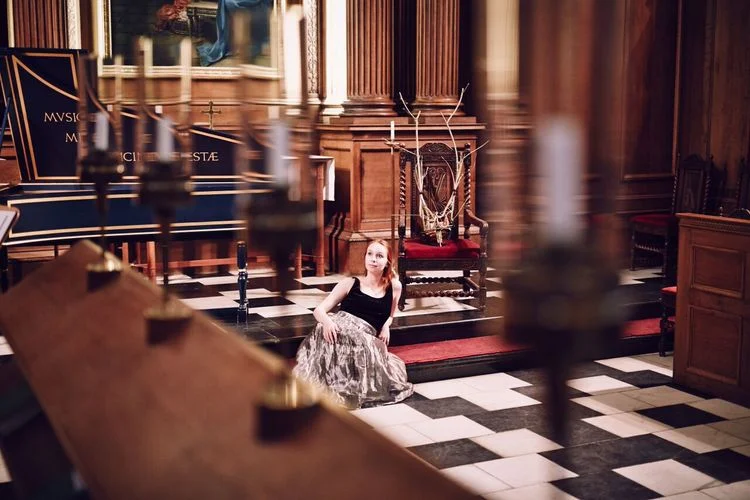Selection of Previously Directed Works
beyond the accident of time
featuring Leilehua Lanzilotti’s beyond the accident of time (2019)
and Ashley Au Never Forget July 1st (2023)
100 years ago, on July 1st, 1923, the Chinese Immigration Act or “Chinese Exclusion Act” was passed by the Canadian Government. Canadian composer Ashley Au has been commissioned to create a new work of choral music to bring to life protest lyrics against the Act penned by an unknown author in 1923. The work is paired with beyond the accident of time, a work for voices and bells, by Kanoki Maoli composer Leilehua Lanzilotti, which was originally written for the sculptor Isamu Noguchi’s Hiroshima memorial sculptures
Curation and direction from Sasha Amaya & Naomi Woo
Performed by Angie Mojica, Anny Chen, Bailey Chin, Brady Barrientos, GiUng Lee, Johanna Hildebrand, John Hirst Anderson, Kris Cahatol, Matthew Knight, Queveen Arcedo, Xi Yin
Winnipeg Chinese Cultural & Community Centre
Image by Sasha Amaya
The Orfeo Project
A Remaking, after Claudio Monteverdi
Concept and direction Sasha Amaya, Music Direction Trojan Nakade and Joss Reinecke
The Orfeo Project is an exploration of Monteverdi’s opera after the Greek myth, focusing on themes of listening, proximity, power, and control. With a focus on bringing new perspectives into opera, hosting musical theatre outside of city centres, and creating BI/POC-directed teams in the field of new music, this creation from Sasha Amaya is hosted within the frame of Lake Studios Berlin and supported by the Canada Council for the Arts.
12 HOURS
Composition by Catherine Kontz
12 HOURS is a marathon piece for voice and electronics which explores endurance as a compositional concept and performative strategy. In an immersive staging that utilises experimental sound technology, the performer explores the limits of the human voice in an unbroken durational performance.
The research was presented at Somerset House in collaboration with King’s College London, and with the generous support of Snape Meltings, Help Musicians UK, and Arts Council England.
Direction by Sasha Amaya, Music Direction by Naomi Woo
Light Design by Kristina Hjelm, Photos by Olga Ivanitskaya
Performed by Rosie Middleton
Somerset House, London
La naissance d’Osiris
Composition by Jean-Philippe Rameau
Direction by Sasha Amaya, Music Direction by Luke Fitzgerald and Trojan Nakade
Performed by Hannah Littleton, Max Noble, Louis Wilson, Will Crane, Gwen Baines, David Bick, Lorna Price, Harriet Spring
St. John’s Backs, Cambridge
Bubbles
A collection of sound and performance art about and with bubbles
Direction by Sasha Amaya, Music Direction by Naomi Woo
Concept from Sasha Amaya, curation by Sasha Amaya and Naomi Woo
Performed by Sasha Amaya, Naomi Woo, Anna Wagner, Louis Wilson
Clare Gardens, Cambridge
Maria Stuarda or Mary, Queen of Scots
Composition by Domenico Gaetano Maria Donizetti
Direction by Robin Norton-Hale, Associate Direction by Sasha Amaya, Music Direction by Paul McKenzie
Performed by Flora McIntosh, Philippa Boyle, Cliff Zammit Stevens, Jan Capinski, Julian Debreuil, Emma Watkinson
The Old Church, London; The Charterhouse, London; Blackfriars Priory, Gloucester; Poltimore House, Exeter
“Olivier Award-winning OperaUpClose presents the fully-staged, national tour of their new English version of Donizetti’s Mary, Queen of Scots (Maria Stuarda).Two ferocious 16th century Queens, Mary, Queen of Scots and Queen Elizabeth I, go head-to-head in this historical tragedy, culminating in a fictitious meeting between the rival queens, which sizzles with vocal fireworks. Donizetti’s powerful melodies will be performed in a new orchestration by Paul McKenzie for six singers, accompanied by piano, clarinet and violin. Mary, Queen of Scots will tour as a fully-staged production to unique and evocative venues across the UK, some with direct links to the two Queens.” - OUC
L’incoronazione di Poppea
Composition by Claudio Monteverdi
Nerone, emperor of Rome, is wed to the beautiful and virtuous Ottavia. However, he finds himself besotted with the glorious Poppea, and vows to make her his wife. The pillars of reason, including Seneca, and popular opinion, oppose such an overthrow, but against the desire and cunning generated between the two infatuated lovers, opposition is futile. Ottone (in historical fact Poppea’s husband but in Busenello’s libretto her rejected lover) also yearns for Poppea, and seeks various ways to entrap her, while remaining immune to the charms of Drusilla, who devotedly dotes on the elegant and just-out-of-reach, if. myopic, Ottone. The air is rife with advice: Arnalta advises Poppea, Nutrice advises Ottavia, Seneca advises Nerone (unsuccessfully), and the guards advise one another. Domination rolls like dominos: Nerone dominates Ottavia, Ottavia dominates Ottone, Ottone dominates Drusilla, and, Seneca, Poppea, and Lucano all take their turns wielding Nerone. Most controlling, perhaps, is Amore, who competes with Virtù and Fortuna for supremacy as the sparks of young love fly.
*
L’incoronazione di Poppea is an important work for many reasons, but not least because it was one of the first operatic works to focus on historical subject matter, and to present a history, no less, which had no satisfying moral conclusion. The bad guys win, the good guys die, and those caught in-between either succumb to the forces of power or are exiled. While accounts from Suetonius, Tacitus, and Seneca give different shades to the account (and much more recent scholarship has turned up even greater questions and inconsistencies), what we are left with, filtered through the lens of 17th century Italian librettist Giovanni Francesco Busanello, is a tale not only of insolent young love and debauched extravagance, but also of power structures…
In this Poppea we find ourselves in a stately country house in interwar England, not too far off from Cambridge. Removed from the toils of the interwar years, but similarly trapped within their own miniature social sphere, we are treated to a petri-dish of over-ripened youth and unchecked privilege, run rampant over an isolated weekend in the countryside. Here, we see the clash of will, reason, and desire; here we see chaos, viz. the separation of heaven and earth. In Poppea we, too, see a group of persons identifiable in any era, weighing choices rather than finding comprises, forcing their rights over one another over their responsibilities to each other, and standing on the backs of those vulnerable rather than lending a hand. In Poppea we thus see a relentless yet broken mechanism of fear, power, desperation, and pleasure with which we are all too familiar. (Excerpts from Director’s Note by Sasha Amaya)
Direction by Sasha Amaya, Music Direction by Luke Fitzgerald
Performed by Alice Webster, Lottie Greenhow, Anna Wagner, Chloe Allison, Hugh Cutting, Louis Wilson
Trinity Chapel, Cambridge
Combattimento di Tancredi e Clorinda
Composition by Claudio Monteverdi
In Claudio Monteverdi's Il Combattimento di Tancredi e Clorinda, we are presented with the devastating story of Tancredi and Clorinda, who meet one another on the edges of the battlefield at dusk for a duel to death. The story is made tragic through the hubris that drives them to forego opportunities to reveal themselves to one another, ego denying the knowledge that would not only prevent Tancredi from unknowingly battling a woman, but the very woman with whom he has fallen in love. While the original story is pointedly historical -- crusades, Christianity, and conversion are main themes -- a broader lesson of (not) knowing the other is poignant. Indeed, Combattimentoasks important questions about who the "other" really is, drawing out the complicated and often double nature between friend and foe, neighbour and stranger, lover and enemy. Through the blindness caused by Tancredi and Clorinda's stubborness and myopia, we are witness to an unravelling of one's enemy as an unravelling of oneself, prompting us to reconsider some of the most urgent questions of our own fraught times about perspective, politics, and the place of pride. (Director's Note from Sasha Amaya)
Direction by Sasha Amaya, Music Direction by Naomi Woo
Performed by Anna Wagner, Judith Lebiez, Rosie Middleton, Art Wangcharoensab
Trinity Chapel, Cambridge; Clare Chapel, Cambridge
A Certain Sense of Order
Collaborative creation by Catherine Kontz, Naomi Woo, and Sasha Amaya
A Certain Sense of Order is a work for two female singers exploring the American poet Anne Sexton. Using the text of a single poem—“For John, Who Begs Me Not to Inquire Further”—the piece reflects on Sexton’s life and work, including her practice of recording and listening to tapes of her therapy sessions. While reciting excerpts of the poem, the singers perform activities reminiscent of a variety of practices from Sexton’s life: writing at a typewriter, recording speech, listening to tapes. Transitioning between media, the singers manifest and mingle roles from the home and therapy room. Rather than a literal or biographical representation of the poet or her work, the piece is better understood as a performed poetic interpretation.
Direction Sasha Amaya / Concept Naomi Woo / Composition Catherine Kontz
Performed by Rosie Middleton and Sarah Parkins
Premiere performed by Rosie Middleton and Rebecca Cuddy
Tête à Tête: The Opera Festival, London; Birkbeck Institute for the Humanities, London; Pembroke College, Oxford; Judith E. Wilson Studio, Cambridge; Polyphonic Poetry Festival, Cambridge; Cambridge Festival of Ideas, Cambridge; Le Théâtre du Centaure, Luxembourg
Laughter Studies
Composition by Louis d'Heudieres
Two people describe and imitate the everyday.
Direction by Sasha Amaya
Performance by Jillian Groening and Ian Mozdzen
aceartinc. gallery, Winnipeg
String Quartet #1
Composition by Luke Nickel
String Quartet #1 is a 15-minute spoken-word performance that explores ideas of transcription, redaction, sound, and silence. The work's text is an unaltered transcription of a rehearsal by the Obsession String Quartet from Edmonton, Alberta, Canada. String Quartet #1 was created in residence at the Arnolfini Gallery (Bristol, UK) as part of the event Sound, Silence, and Listening: An Afternoon with Christine Sun Kim.
Direction by Sasha Amaya
Performance by Delf Gravert, Jillian Groening, Ian Mozdzen, Natasha Torres-Garner
aceartinc. gallery, Winnipeg
Photo: Anders Kjemtrup
Actéon changé en biche
Composition by Marc-Antoine Charpentier
Acteon changé en biche was Marc-Antoine Charpentier's transformation of his own tragédie en musiqueActeon for leading female voice parts. It tells the story of Acteon, who espies Diana bathing in the afternoon during a hunting expedition. In revenge, Diana turns Acteon into a stag -- or, in Charpentier's second version, a doe -- to be hunted and killed by his own hounds and friends.
Direction by Sasha Amaya, Music Direction by Naomi Woo
Clare College Chapel, Cambridge
Produced with the support of the Clare College Music Society
